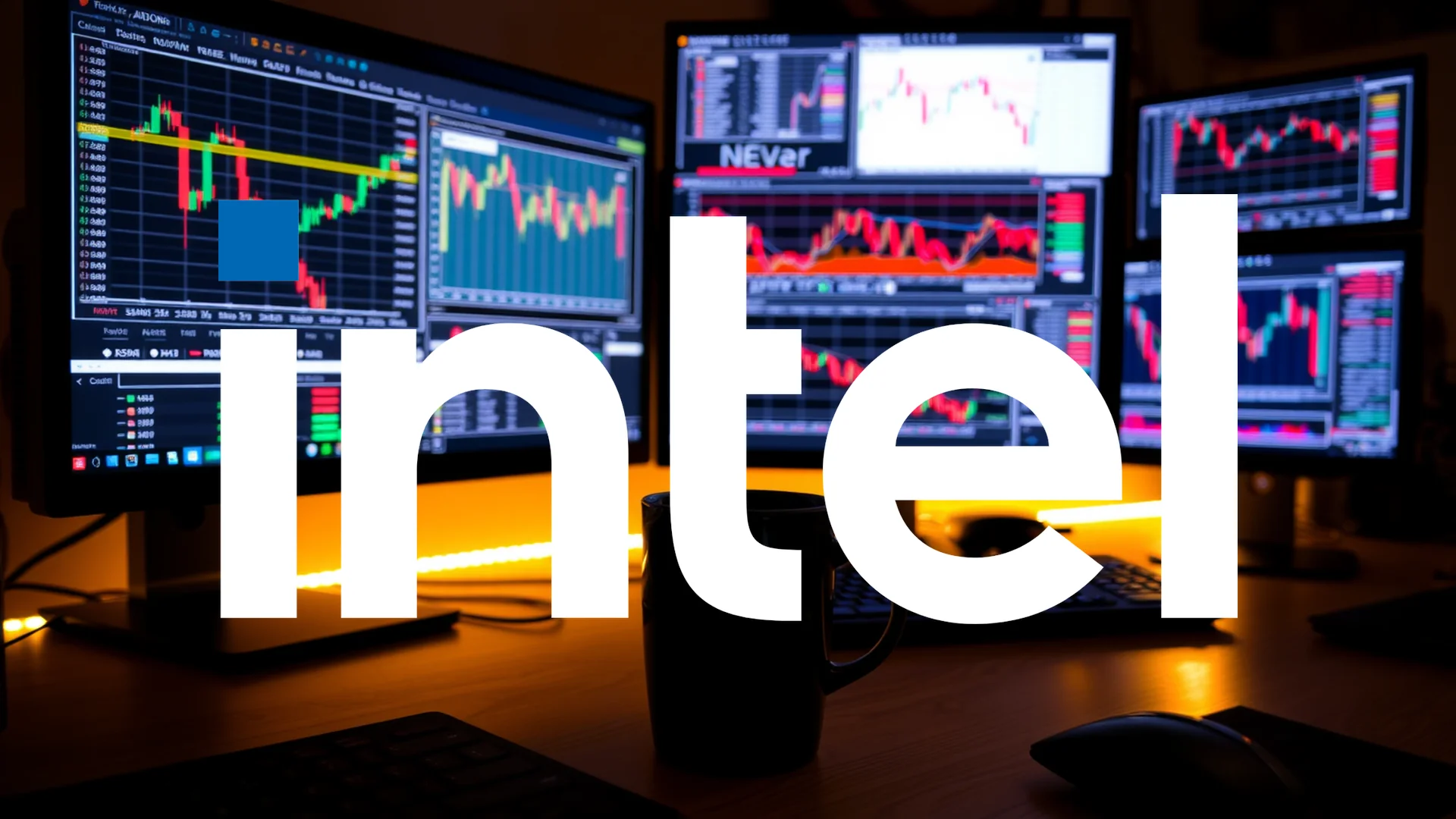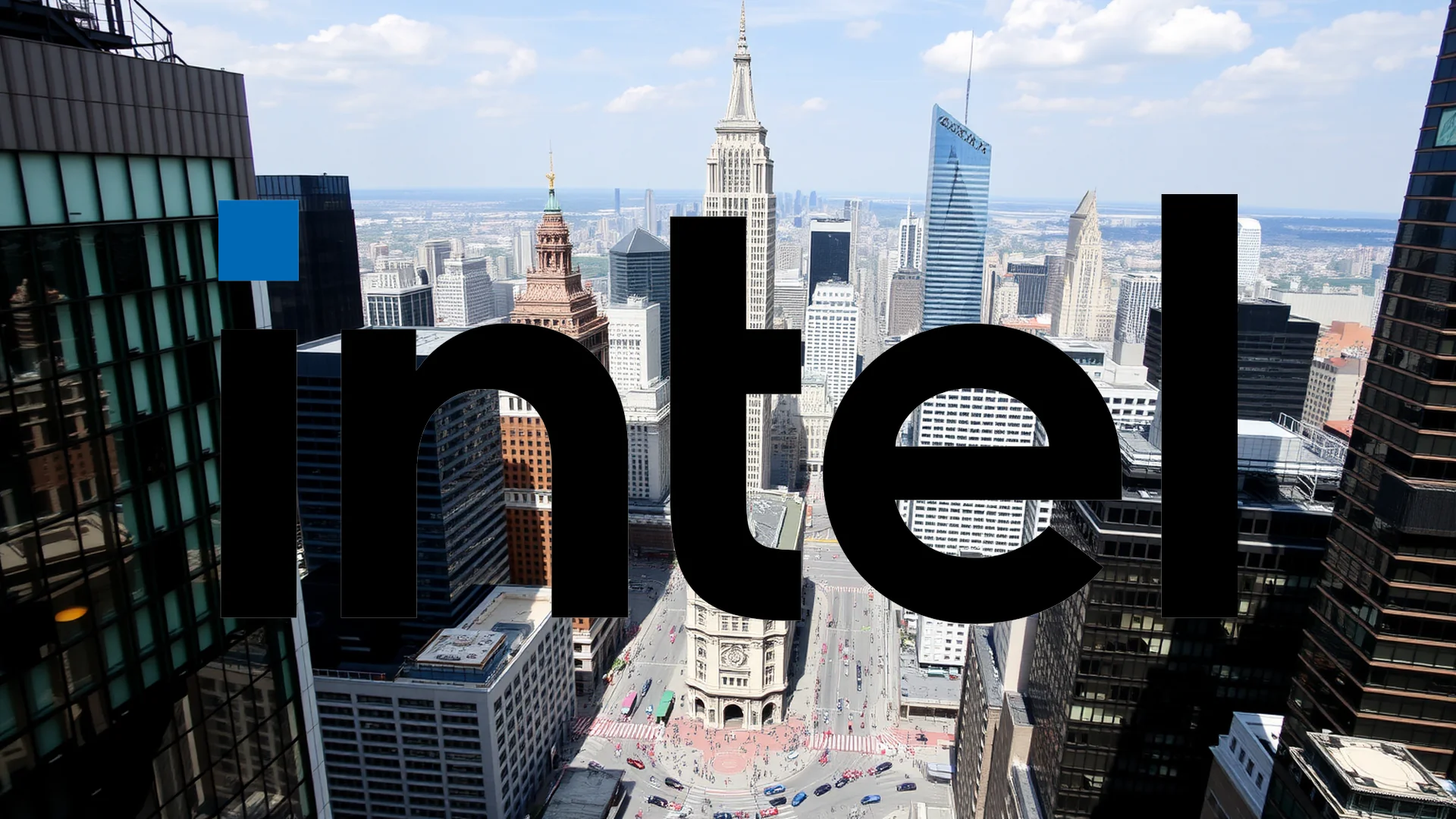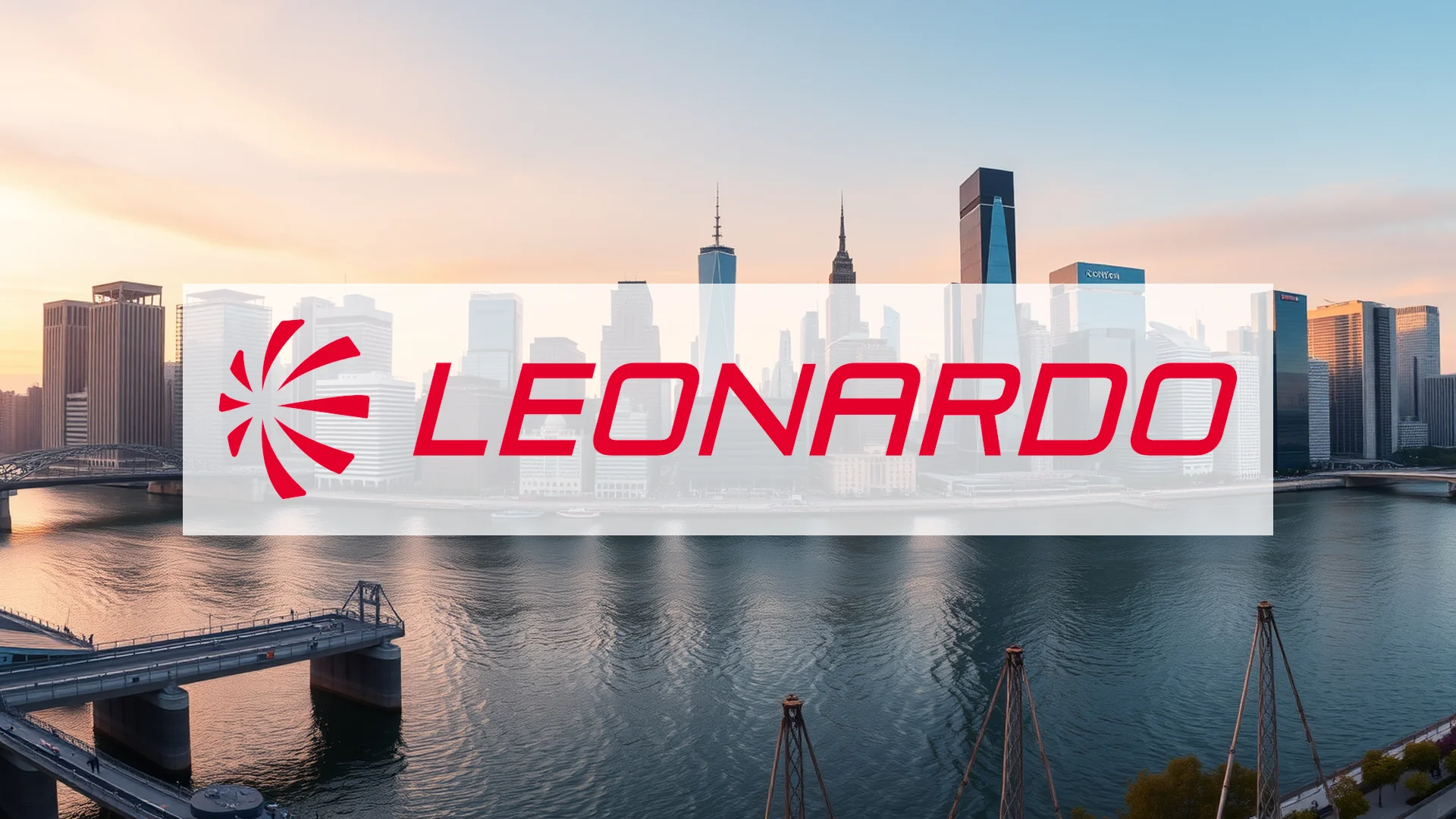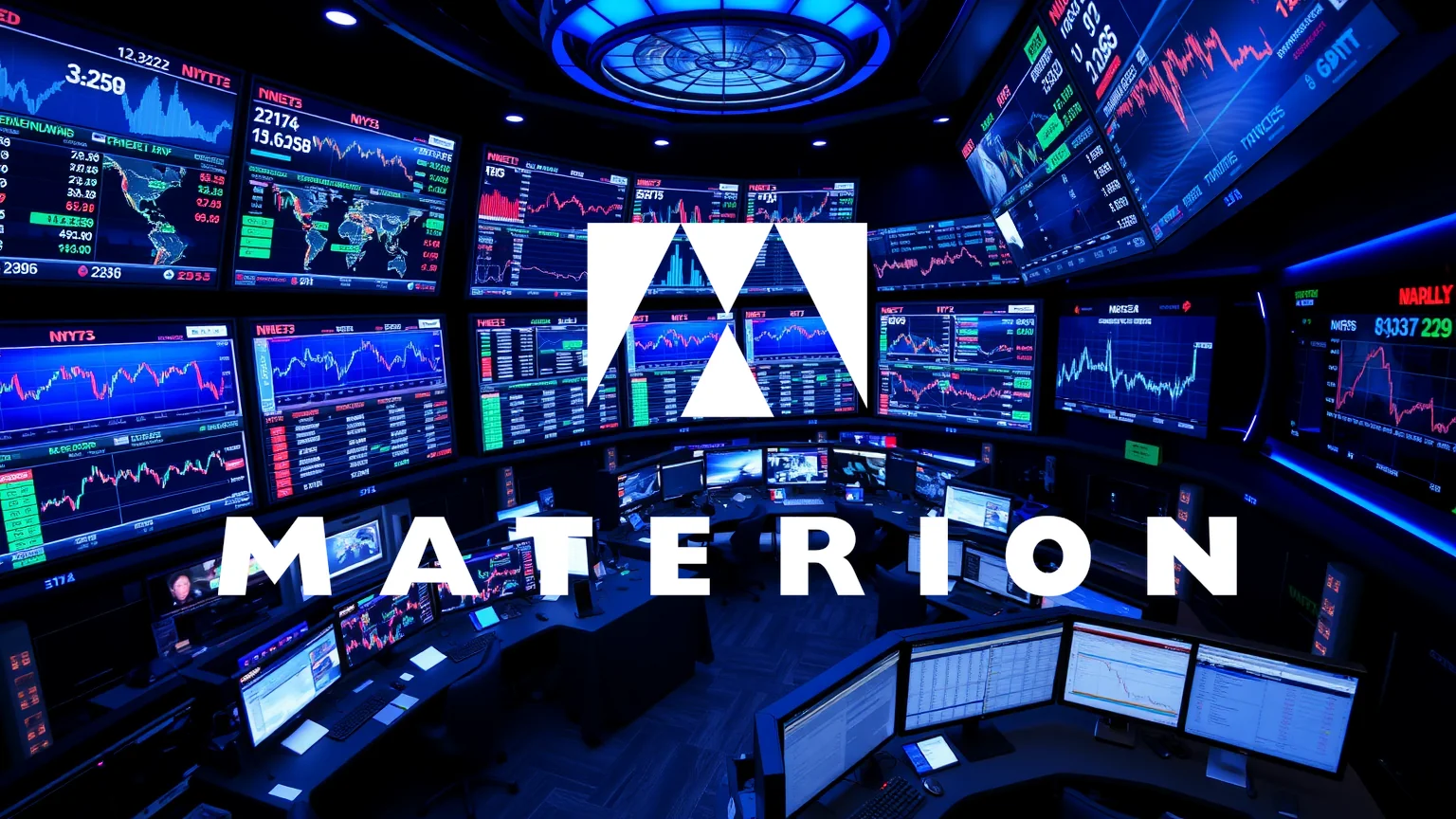The leadership structure at semiconductor giant Intel is undergoing a fundamental reorganization, resulting in the departure of even its former co-chief executive. Behind these dramatic changes lies a relentless race against time and intensifying competition from Taiwanese chip manufacturers. The pressing question remains whether this new leadership can salvage the company’s multibillion-dollar turnaround strategy.
Financial Pressures Trigger Executive Overhaul
Intel’s transformation comes against a backdrop of severe financial challenges. The company reported a net loss of $2.9 billion during the second quarter, with revenues stagnating at $12.9 billion. These figures underscore the magnitude of the crisis facing the chipmaker.
The recent management changes represent a strategic response to Intel’s most significant vulnerabilities. Michelle Johnston Holthaus, former co-CEO and most recently head of the product division, has been removed from her position. Her departure signals the end of a transitional period and the beginning of a comprehensive realignment under CEO Lip-Bu Tan’s leadership, sending a clear message about performance expectations.
Strategic Appointments Target Core Weaknesses
Intel has made several key appointments designed to address specific operational challenges. Kevork Kechichian, formerly of Arm Holdings, assumes leadership of the crucial data center division, bringing extensive experience in this critical sector. Company veteran Jim Johnson takes responsibility for returning client computing operations to stability.
Perhaps the most strategically significant appointment is that of Srini Iyengar, who will lead the newly established Central Engineering Group focused on custom chip solutions. This move potentially represents a masterstroke in Intel’s recovery plan, as customized silicon designs are increasingly viewed as gateways to lucrative foundry contracts.
Should investors sell immediately? Or is it worth buying Intel?
Survival Strategy Hinges on External Partnerships
While Intel has secured temporary financial breathing room through a $2 billion investment from SoftBank and an $8.9 billion agreement with the U.S. government, market analysts remain cautious. The company faces mounting pressure from AMD in both server and PC markets, while its foundry ambitions have struggled to gain traction against industry leader TSMC.
CEO Tan has placed a substantial bet on the company’s future: the entire foundry business strategy depends on attracting external customers for Intel’s next-generation 14A chip technology. Without significant external contracts, the massive investment in new fabrication facilities risks becoming a costly failure.
The company’s stock currently trades at €20.93, still down approximately 20% from its yearly high. Investor uncertainty is reflected in the stock’s volatility, which approaches 50%.
Make-or-Break Moment for Chipmaker
This leadership restructuring represents both a necessary and risky maneuver during a critical transformation phase. The newly configured team must simultaneously defend Intel’s core businesses against AMD’s advances while successfully executing the foundry expansion initiative.
The coming weeks will prove decisive for Intel’s future direction. The Q3 earnings call scheduled for late October will reveal whether the new management can demonstrate early progress or if the company continues to struggle without clear forward momentum. For investors, the situation represents a high-stakes gamble on what may become the technology sector’s most ambitious comeback story.
Ad
Intel Stock: Buy or Sell?! New Intel Analysis from December 19 delivers the answer:
The latest Intel figures speak for themselves: Urgent action needed for Intel investors. Is it worth buying or should you sell? Find out what to do now in the current free analysis from December 19.
Intel: Buy or sell? Read more here...













